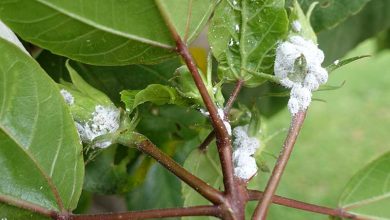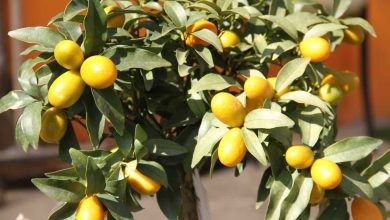Photosynthesis, Complete Guide: What is it and how is it produced? How does it benefit us?
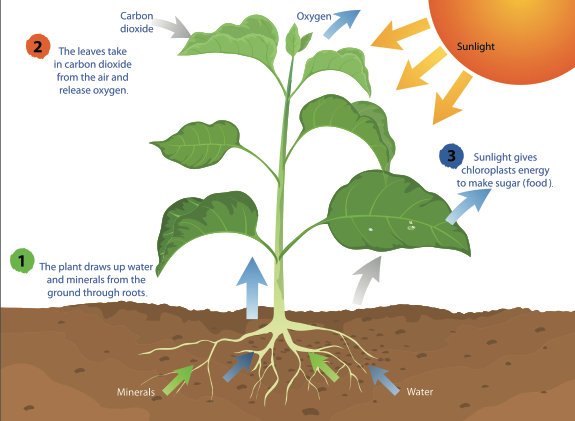
 Who else who least has heard of the concept of photosynthesis. Why? Because it is one of the main processes that allow living beings to exist on planet earth.
Who else who least has heard of the concept of photosynthesis. Why? Because it is one of the main processes that allow living beings to exist on planet earth.
Plants, unlike animals, can make their own food.
They achieve this thanks to a process known as photosynthesis, in which plants produce organic substances from carbon dioxide and light energy.
This process also allows them to grow and develop, and generate oxygen. In this way, photosynthesis is, in all probability, the most relevant chemical process on Earth, since, without it,life would not be possible on our planet.
But let’s talk in more detail about photosynthesis and what it is, so we can understand why it’s so important.
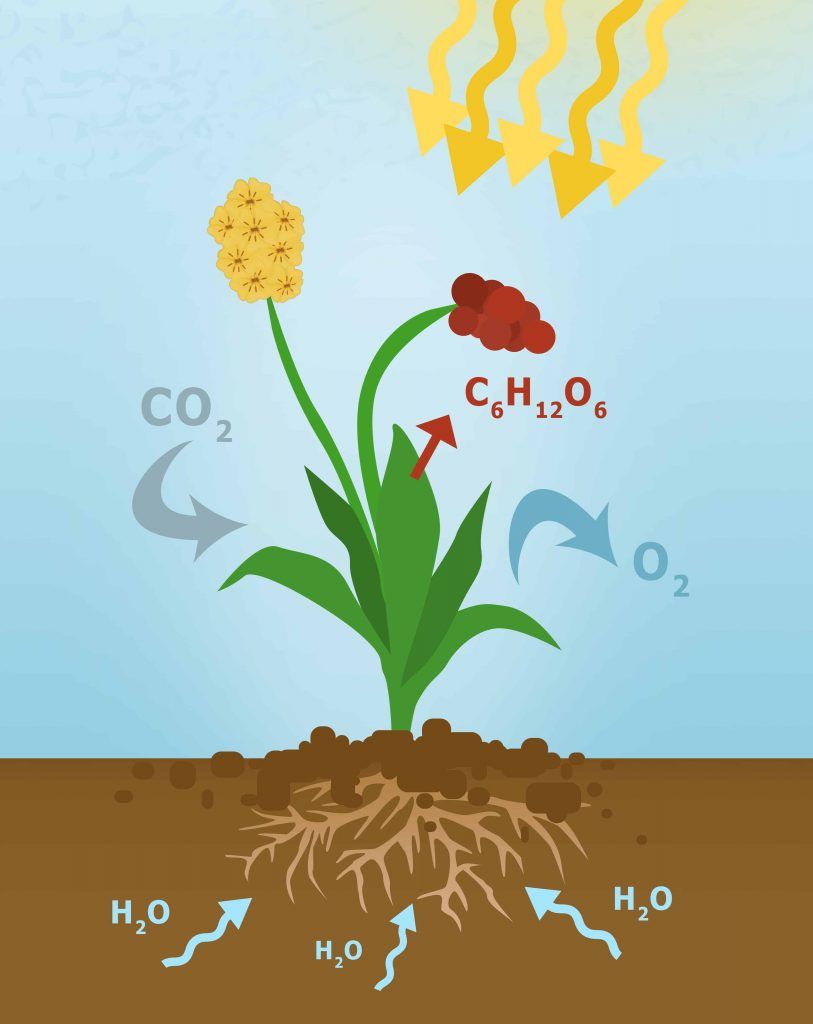
What is photosynthesis?
Photosynthesis is the process carried out by all plants, trees, algae and some bacteria to feed themselves.
How do plants accomplish this process?
To achieve this, plants use organs found in plant cells, called chloroplasts, which contain a pigment known as chlorophyll that, in addition to giving plants their characteristic green color, also helps them capture light energy to transform it into chemical energy.
The pigment called chlorophyll is green in color. This causes that in general the leaves of the plants are of this color.

During this process, gaseous oxygen is generated and released into the environment.
What is photosynthesis for?
As we have already seen, photosynthesis serves, in principle,for the plants to feed,synthesizing organic matter from light energy.
Thanks to this process, plants provide oxygen and renew the air, eliminating carbon dioxide or CO2.
How and where is it carried out?
The process of photosynthesis which is how plants obtain energydivided into four main stages:
- Absorption: The roots absorb water and minerals from the soil.
- Circulation: Nutrients circulate from the roots to the leaves through the stem.
- Photosynthesis: It is carried out in the leaves, which are oriented towards the light to carry it out. The chlorophyll contained in the chloroplasts allows them to trap light (they capture sunlight) which, in combination with the carbon dioxide absorbed by the plant ‘s stomata, helps transform raw sap into processed sap.
- Food: during the process oxygen is produced, which is expelled by the leaves. Oxygen is equivalent to post-feed waste. It is here that the transport of the electron chain and the fixation of carbon dioxide occur.
- Breathing: This process occurs both day and night. During the day, in the presence of sunlight, the leaves photosynthesize and release oxygen. At night, since there is no light to absorb, the plants are limited to breathing only.
essential factorsthat contribute to photosynthesis to take place are several. We will make a detailed explanation of each of them.
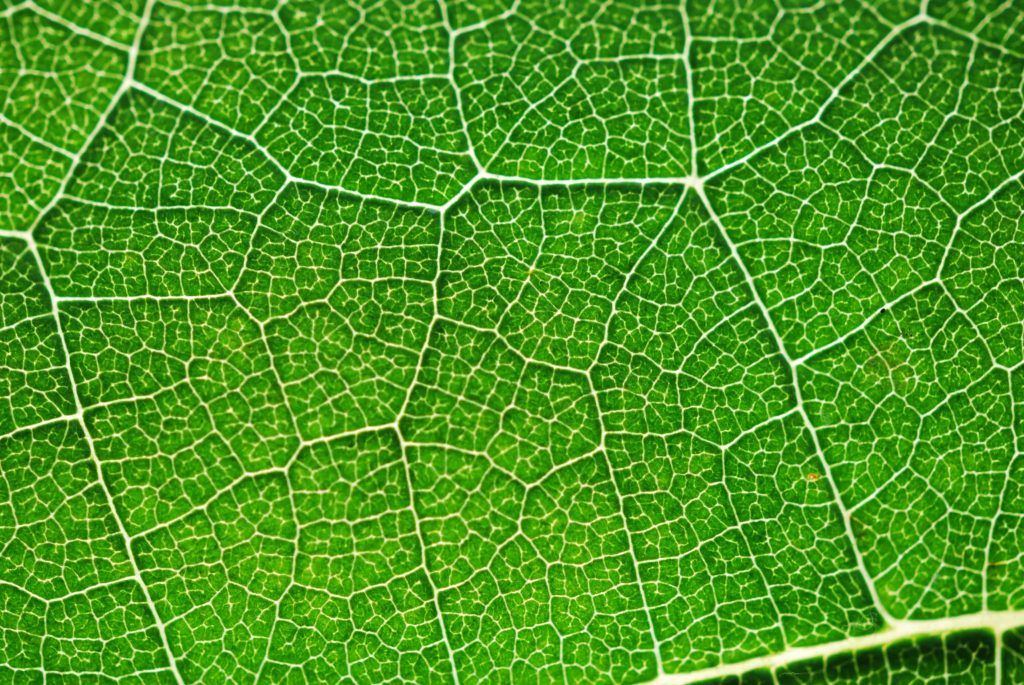
What components does photosynthesis need to develop?
Next we expose the elements that photosynthesis requires to be carried out correctly:
light intensity
Without light, plants cannot photosynthesize, even if there is enough water and carbon dioxide in the environment.
If light is poor, photosynthesis proceeds more slowly.
carbon dioxide concentration
Carbon dioxide is a necessary reagent for the process to occur.

Water
During photosynthesis, the plant unfolds the water molecules absorbed from the soil, dividing them into hydrogen and oxygen. As a result of this reaction, oxygen is released into the environment, while hydrogen is used in other processes.
During photosynthesis, carbon dioxide combines with the released hydrogen, and together they form glucose.
The chemical reactions that combine carbon dioxide and water to produce glucose are controlled by enzymes, which brings us to the fourth determining factor.

Temperature
All enzyme-controlled reactions are affected by temperature.
At low temperatures, the rate of photosynthesis is limited by the number of molecular collisions between enzymes and substrates.
At high temperatures, enzymes become denatured, which means that their structure and functions are altered.
amount of chlorophyll
Chlorophyll is essential to absorb light energyrequired to convert carbon dioxide and water to glucose.
 Leaves that contain more chlorophyll are better able to absorb light.
Leaves that contain more chlorophyll are better able to absorb light.
Plants in poor lighting conditions synthesize more chlorophyll to absorb the amount of light they require.
Some plant diseases can affect the amount of chlorophyll and therefore its ability to photosynthesize.
minerals and nutrients
Last but not least, healthy plants are required for photosynthesis to take place successfully.
This is achieved thanks to the intervention of certain minerals and nutrients necessary for the healthy growth of plants.
Nitrogen, sulfate, phosphate, iron, magnesium, calcium, and potassium are required in substantial amounts for the synthesis of amino acids, proteins, coenzymes, deoxyribonucleic acid (DNA) and ribonucleic acid (RNA), chlorophyll, and other pigments.
Other elements such as manganese, copper, and chloride are also necessary for photosynthesis. Likewise, some other trace elements are necessary for various non-photosynthetic functions in plants.
How does photosynthesis start?
Light is made up of photons. Chloroplasts capture photons thanks to the chlorophyll they contain.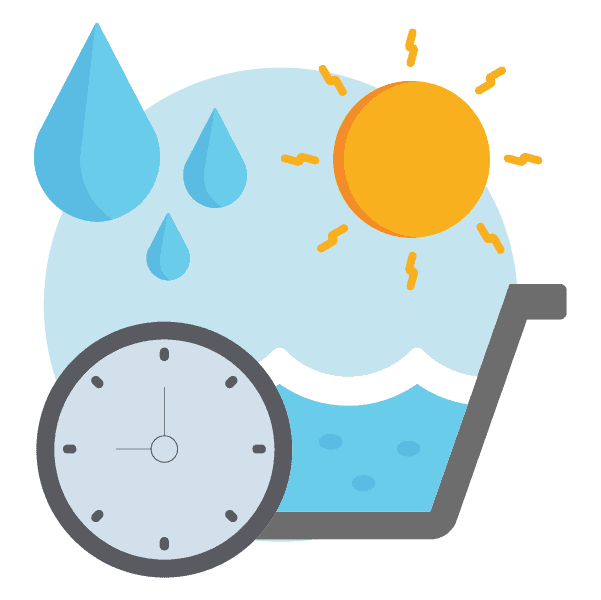
At the same time, the plant feeds through the roots. They absorb water and minerals that travel up the stem.
From the environment, plants absorb carbon dioxide.
The light absorbed by the chloroplasts helps the plant to easily split the water molecules.
From this division, hydrogen is used to form glucose, which is transformed into other organic compounds such as sucrose, starch, lipids, proteins and cellulose.
Oxygen is wasted and is what we end up breathing.
In addition, during the process a fundamental molecule for living organisms is synthesized: ATP or adenosine triphosphate, which is the main source of energy for living beings.
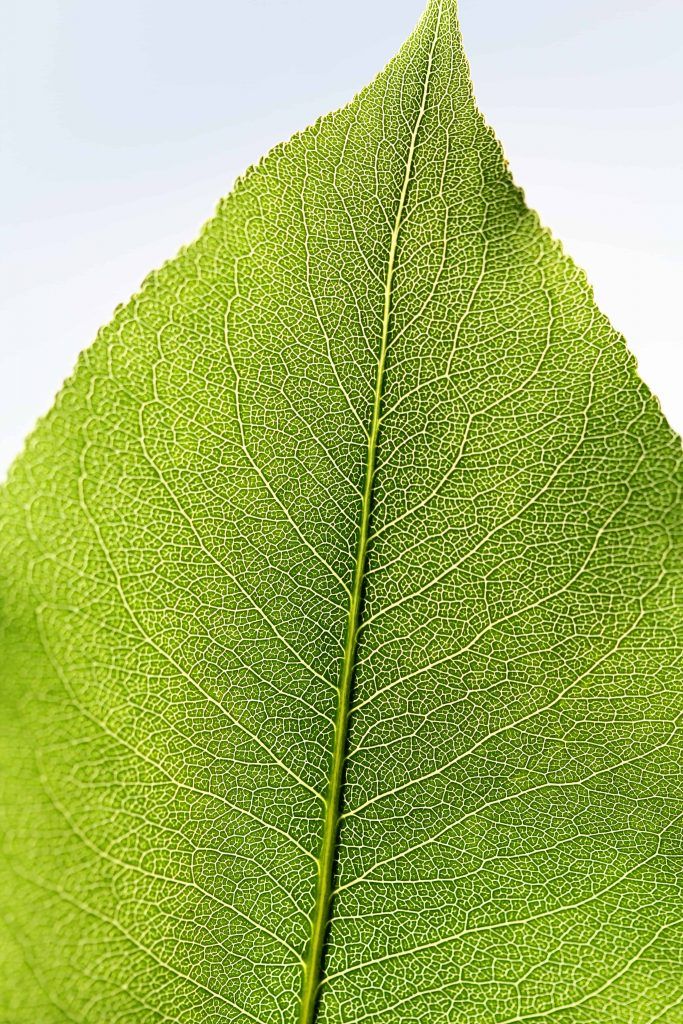
Because it is important?
Thanks to photosynthesis, humans get most of the oxygenWhat do we need to breathe? We, in turn, exhale carbon dioxide that plants need.
In addition, man needs all kinds of plants for his food.
Other important contributions of photosynthesis:
- Photosynthesis allows the elaboration of organic matter from inorganic matter. Then, this organic matter will be processed and transmitted from some living beings to others through food chains.
- Photosynthesis is essential to transform the primitive and anaerobic atmosphere into an aerobic atmosphere.
- Photosynthesis also depends on the energy stored in fossil fuels such as coal, oil and natural gas.
- Plant products such as wood, rubber, herbs, medicines, resin, and oils are derived from photosynthesis.
- Photosynthesis contributes to the necessary balance between autotrophic and heterotrophic beings.
- Thanks to photosynthesis, the CO2 produced by animals and putrefaction processes can be reused and synthesized. Otherwise, CO2 or carbon dioxide would saturate the planet, which would have fatal consequences for life on the planet.
How is energy produced by photosynthesis?
During photosynthesis, plants use light energy to produce glucose from simple inorganic molecules (carbon dioxide and water).
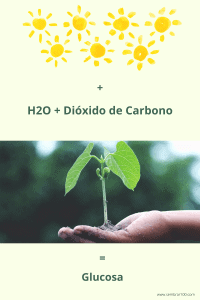 Similarly, this reaction can be used to generate alternative fuels. This may be possible if the separation of water molecules into hydrogen and oxygen is exploited.
Similarly, this reaction can be used to generate alternative fuels. This may be possible if the separation of water molecules into hydrogen and oxygen is exploited.
The combustion of molecular hydrogen, H2, with oxygen produces heat and water,, heat and water.
Once obtained, the hydrogen could also be used to obtain methanol, a viable substitute for petroleum.
Who discovered photosynthesis? A little history…
 The first recorded hypothesis about photosynthesis dates back to Ancient Greece and belongs to Aristotle, who suggested that, in some way, sunlight was closely related to the green color of plants. However, his theory ended up being forgotten.
The first recorded hypothesis about photosynthesis dates back to Ancient Greece and belongs to Aristotle, who suggested that, in some way, sunlight was closely related to the green color of plants. However, his theory ended up being forgotten.
Later, Empedocles of Agrigento, another famous Greek philosopher, proposed that plants fed on air, which they assimilated through some sort of internal process.
His theory would be refuted, paradoxically, by Aristotle himself and by one of his disciples, the native of Ereso, Tirtamo, better known as Theophrastus, who maintained that all plant food was received through the earth.
It would not be until the 17th century, when the English clergyman, Stephen Hales, considered by all to be the father of plant physiology, would take up both theories in his work published in 1727, Statique des végétaux. In this study, Hales captured the first records of the movement of water in plants and managed to demonstrate that the air that penetrated through the leaves of the plants was used by them as a source of food.
The studies of Stephen Hales influenced another English clergyman, named Joseph Priestley, who is credited with the discovery of oxygen and who claimed, among other things, that it was produced by plants through a process apparently the reverse of animal respiration.
In reaching these conclusions, Priestley relied on an experiment with a candle, which he had placed in a closed container and burned until the container could no longer support combustion. Later, he placed a branch of mint in the container and discovered that, after several days, the mint had produced some substance that allowed the confined air in the container to support combustion again.
Such a substance turned out to be oxygen.
Years later, in 1779, the Dutch physician Jan Ingenhousz expanded on Priestley’s work, showing that the plant had to be exposed to light to produce oxygen. He also showed that this process required the presence of the green tissues of the plant.
Strictly speaking, it was Ingenhousz, based on all previous studies, who made the greatest progress in demonstrating the process of photosynthesis in plants and it is based on his studies that later scientists would be able to broaden such knowledge.
Years later, the German professor Ferdinand Gustav Julius von Sachs would discover chloroplasts and develop a basic equation to represent photosynthesis.
Can houseplants photosynthesize?
As we have explained, if plants primarily need sunlight to photosynthesize, how can houseplants carry it out?
This is because these types of plants do not need direct sunlight. It is enough that they receive a few hours of daylight (through a window, for example) to be able to carry out this process correctly.
In fact, many of them benefit from not being directly exposed to the sun, especially during the hottest months.
Bibliography and references
- Book: The Mechanism of Photosynthesis, by Charles Percival Whittingham (1976).
- Book: Manual of Photosynthesis Practices, by Rosa Rodés García, Collazo Ortega, Margarita (2006).
- Book: Biochemistry of microorganisms, Ramon Parés i Farràs, Antonio Juárez Giménez (1997).
- Book: Biology: Concepts and Relationships, Neil A. Campbell (2001).
- Article: Conceptual errors in biology. The photosynthesis of green plants. H Astudillo Pombo, A Gené – Science Teaching, 1984 – ddd.uab.cat
- Article: Photosynthetic pigments, more than just capturing light for photosynthesis. EM Reol – Ecosystems Magazine, 2003.
- Article: Photosynthesis, photoprotection, productivity and abiotic stress: some case studies by Tambussi, Eduardo Alberto (2005).



